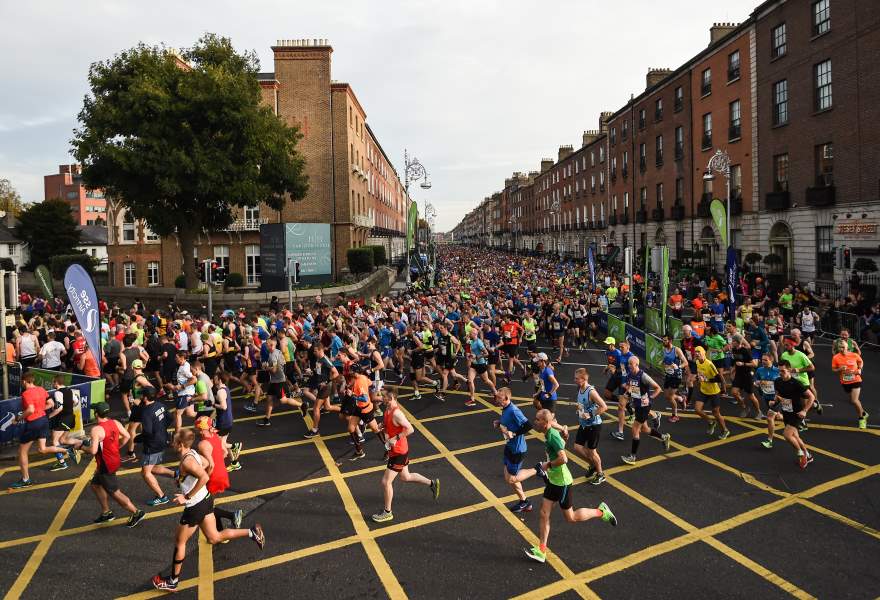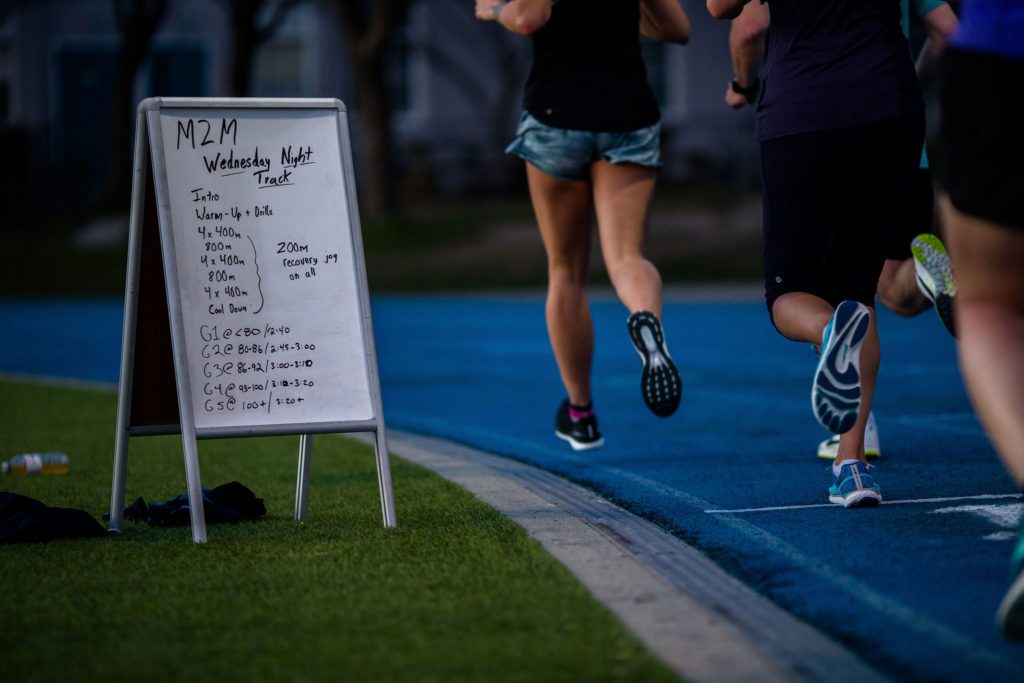Why distance doesn’t measure total training volume
There's more to your training than distance covered

Most runners measure their weekly volume by total distance run. This makes a lot of sense, especially when you’re training for a specific distance and want to ensure that you’re covering enough ground to be prepared on race day. But runners who are very focussed on the weekly accumulation of miles may neglect to consider the intensity their bodies are working at. Here’s why runners should consider both time and distance together in their training instead of emphasizing one or the other.

RELATED: 5 signs you’re overtraining
When distance is a good marker
Distance is ideal for lots of workouts. Especially when training for a race, distance is a great way to ensure that your workouts are long enough that you’re hitting all of the systems you need to succeed on race day. Workout day is for working hard, so covering a set number of kilometres in a set amount of time is good for training.
Distance doesn’t include total training time
If you’ve set aside time in your day for a 10K run, you know roughly how long that will take, and you schedule accordingly. However, if you set aside time in your day for 75 minutes of training (which leaves time for activation or strength training), then you’re more likely to do the little things that help the run feel good. You’re talking about the same training day, just planning it out differently.
Measuring by distance discourages really easy runs
1h30 baby! Easy to take health for granted until you pick up an injury. Thankfully mine only took me out for a week or so.
— Nick Willis (@nickwillis) December 22, 2019
Runners hate deviating from the plan, which is why measuring your training exclusively by distance can get you into trouble. If you’ve set out to run at a pace that’s typically comfortable for you, but it’s feeling like a slog, going for a set number of minutes will encourage you to slow down appropriately instead of pushing through. Easy days are meant to be easy, and measuring by minutes means that you can leave the smartwatch at home and not feel guilty that you ran 7.46K instead of 8K. Let your body recover, so you can be ready to go for your next workout.

RELATED: The killer hill workout you need in your training program
Distance doesn’t measure intensity
When you measure your entire week based on the distance you covered, it’s harder to get the whole picture of the intensity you put in. Two runners can put in an 80K week, but just because you covered the same distance doesn’t necessarily mean you put in the same amount of work.
If you choose to measure by distance, be sure to keep a training log to include notes about the intensity of your workout alongside the distance you covered.


